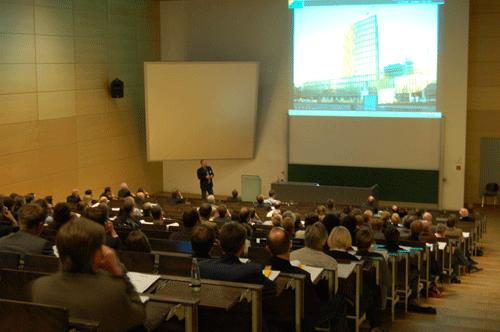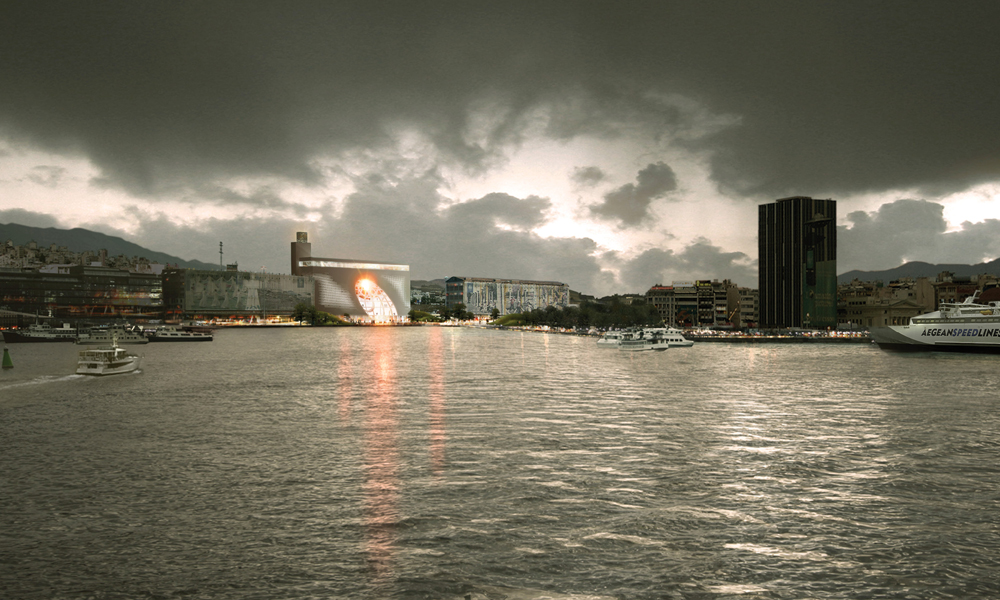Antiquities Museum of Piraeus

The new Antiquities Museum of Piraeus is conceived through a spatial inversion, this industrial typology is reinvented as a cultural destination. The architect’s interest lies not only in the complex program of the museum, but in the site’s unexploited urban potential as a civic link. Transformed into an iconic, world class museum, the building’s openness activates the Cultural Coast District.
Architects: PAR
Engineer: ARUP
Location: Piraeus, Athens, Greece
Architects: PAR
Engineer: ARUP
Location: Piraeus, Athens, Greece
A system of void spaces introduces a spatial configuration that brings daylight to public areas whilst engaging the surrounding urban context. Selective erasure ensures that treasured qualities of the concrete silo structure will be retained and adapted into the new use. At moments of subtraction, the cartesian grid of the silo building translates into a new contoured geometry expressing the old in a new way.
Interacting with its surroundings, the new museum opens up to the eastern plaza and pedestrian pathway. As an addition to the other buildings in the district, an essential component of the design involved creating a robust public space at the top of the museum—visually connecting the Cultural Coast to Piraeus and Athens at large. The roof is activated by a reflecting pool suspended above the eastern entrance. Seawater from the pool doubles as a passive cooling element as its circulated within towers integrated into the original grain silo structure.
The museum’s exhibitions are combined in a continuous loop which spirals from the lobby to the upper level public space. This organization provides many possibilities for different exhibition spaces and techniques: interior/ exterior, covered/ open, dark/ light, intimate/ public. The large public voids enable antiquities to be viewed from differing vantage points stimulating visitor interaction.
The museum program is concentrated in three program blocks: exhibitions, curation and administration. The programs are linked by three interconnected atriums which shape the museum’s public space whilst opening the building to it’s surroundings. Monumental vertical circulation is integrated into the existing structural grid along the east elevation. Multiple circulation cores provide shortcuts for visitors to jump off the linear exhibition narrative to direct points of interest.
Project data
Client: Piraeus Port Authority & Ministry of Culture
Status: 2012 competition
Area: 14,000 m²
Environmental: ARUP, Russell Fortmeyer
Client: Piraeus Port Authority & Ministry of Culture
Status: 2012 competition
Area: 14,000 m²
Environmental: ARUP, Russell Fortmeyer

